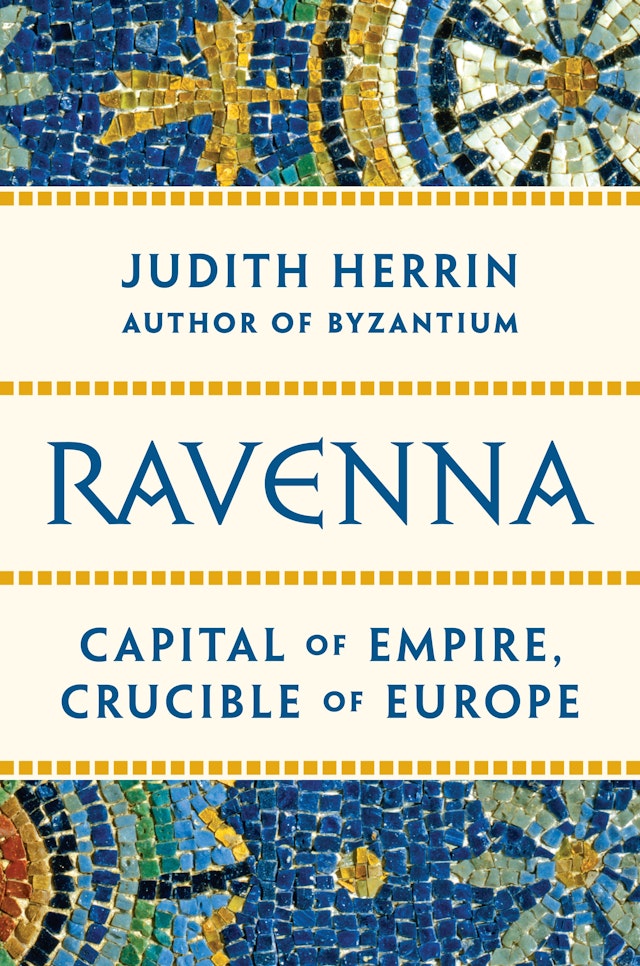 A new book by the always readable Judith Herrin, author of Byzantium: The Surprising Life of a Medieval Empire. A riveting history of the city that led the West out of the ruins of the Roman Empire.
A new book by the always readable Judith Herrin, author of Byzantium: The Surprising Life of a Medieval Empire. A riveting history of the city that led the West out of the ruins of the Roman Empire.
At the end of the fourth century, as the power of Rome faded and Constantinople became the seat of empire, a new capital city was rising in the West. Here, in Ravenna on the coast of Italy, Arian Goths and Catholic Romans competed to produce an unrivaled concentration of buildings and astonishing mosaics. For three centuries, the city attracted scholars, lawyers, craftsmen, and religious luminaries, becoming a true cultural and political capital. Bringing this extraordinary history marvelously to life, Judith Herrin rewrites the history of East and West in the Mediterranean world before the rise of Islam and shows how, thanks to Byzantine influence, Ravenna played a crucial role in the development of medieval Christendom.
Drawing on deep, original research, Herrin tells the personal stories of Ravenna while setting them in a sweeping synthesis of Mediterranean and Christian history. She narrates the lives of the Empress Galla Placidia and the Gothic king Theoderic and describes the achievements of an amazing cosmographer and a doctor who revived Greek medical knowledge in Italy, demolishing the idea that the West just descended into the medieval “Dark Ages.”
Beautifully illustrated and drawing on the latest archaeological findings, this monumental book provides a bold new interpretation of Ravenna’s lasting influence on the culture of Europe and the West.


Thank you for the reference.
I didn’t know much about Ravenna before travelling there as a tourist. Especially since my knowledge of the world largely starts in 1066 AD and Justinian’s army reached there in 552 AD!
So I had no idea that for hundreds of years, Ravenna attracted scholars, lawyers, craftsmen and religious scholars, becoming a true cultural and political capital. Clearly we tourists still have a lot to learn about Ravenna’s importance in the development of medieval Christendom and other contributions to Western cultural life.
.